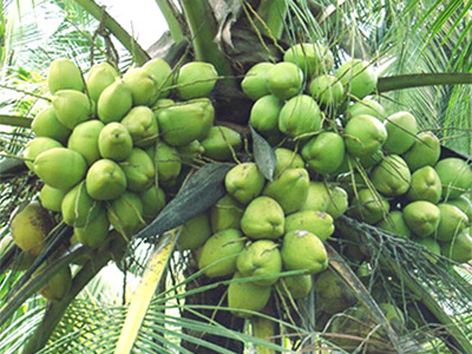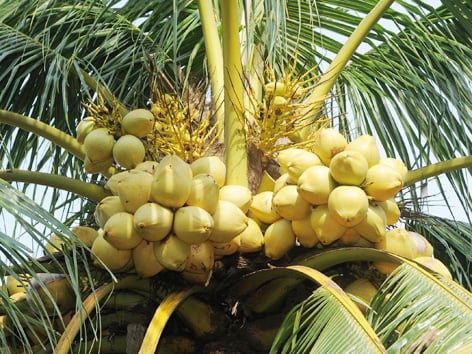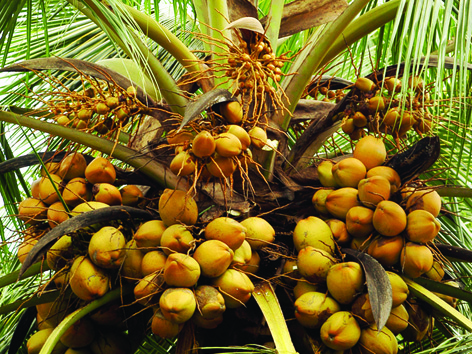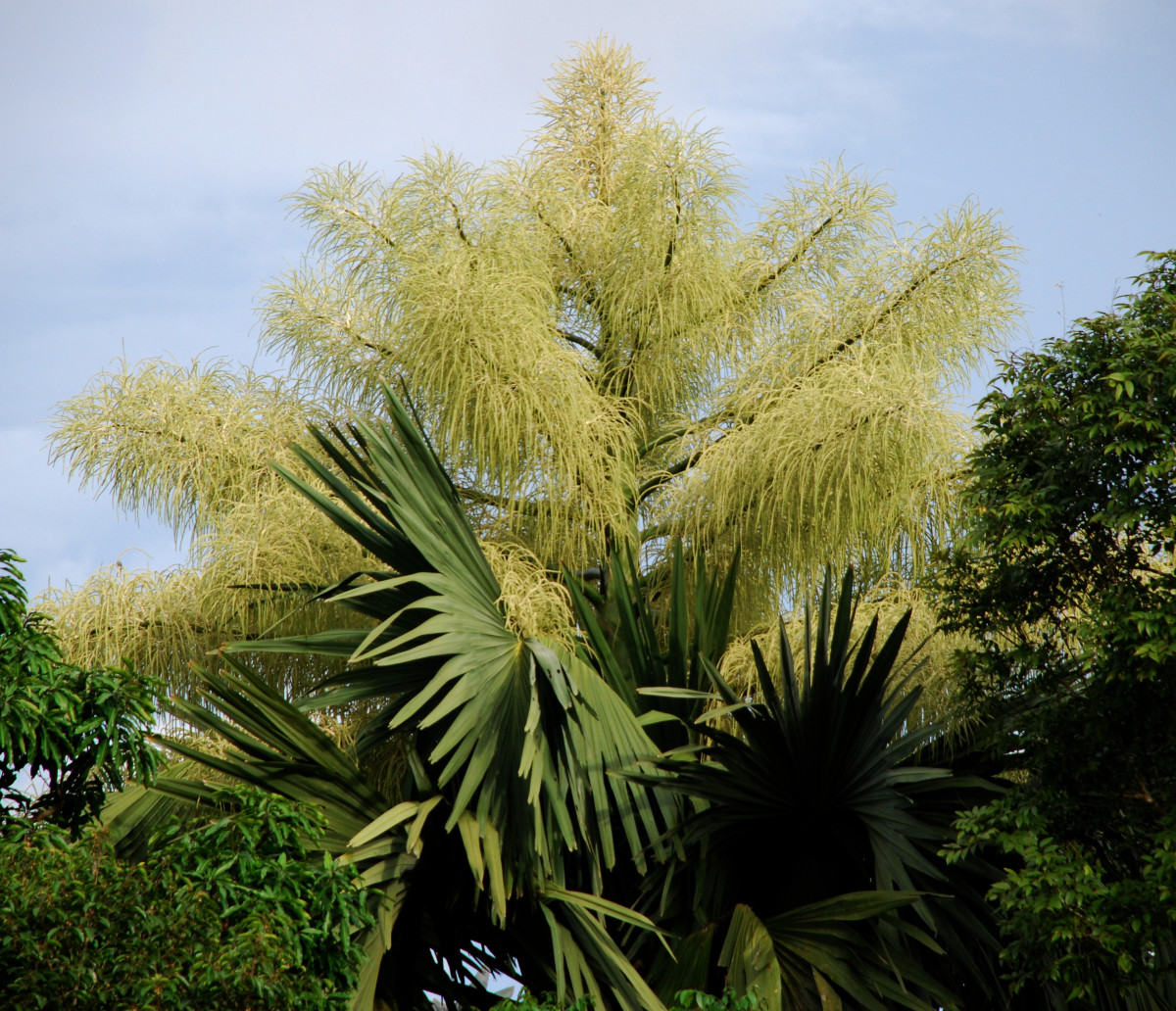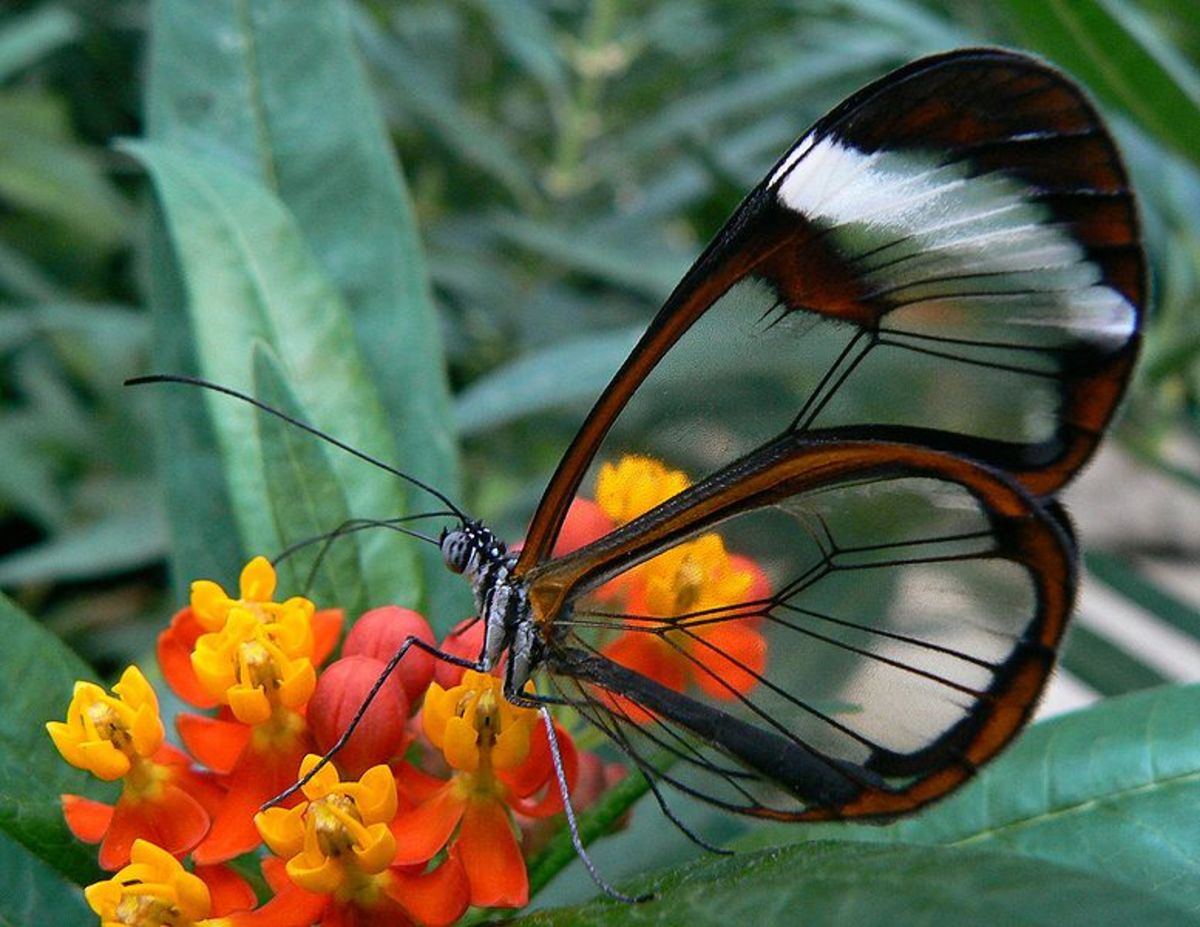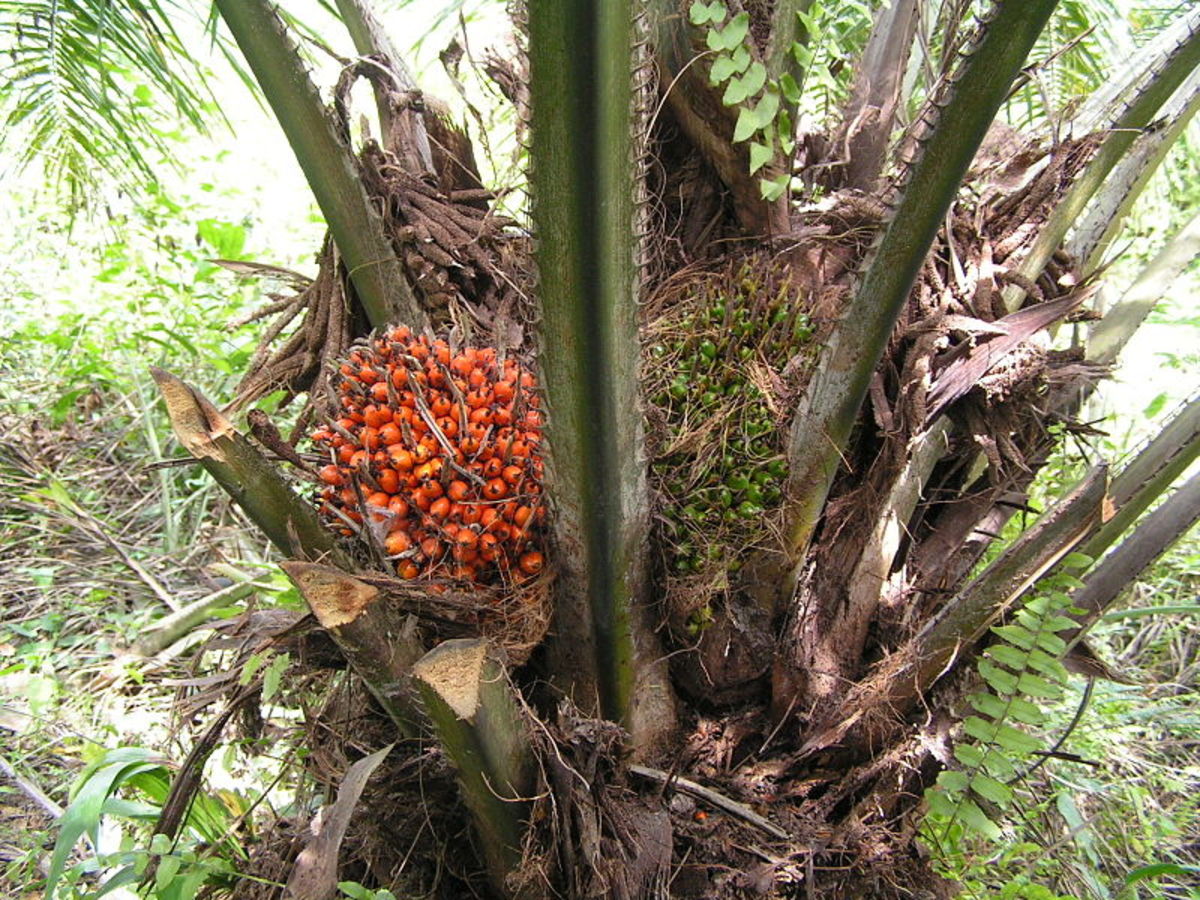Coconut Palm Growing Countries Celebrating the World Coconut Day
International Coconut Community
The World Coconut Day is being celebrated on 2nd September, every year. This is the day in 1969 on which an organisation called the Asia Pacific Coconut Community (APCC) was established in Jakarta, the Philippines as the headquarters for coconut in the world. It is now called the International Coconut Community (ICC), which has celebrated its 50th year in 2019. It is an intergovernmental organisation under the UNESCAP.
International Plant Genetic Resources Institute and its subsidiary Bioversity International are the other international agencies supporting coconut development for poverty alleviation in Asia.
In India, the Indian Council of Agricultural Research has the largest coconut genetic resources collection in the world. The Coconut Development Board is the developmental agency, under the Ministry of Agriculture and Cooperation, for field extension on coconut. These agencies celebrate the World Coconut Day as an interface for development. Now there is increased awareness for making value-added products from coconut. Some of the important products from coconut are coconut water, coconut milk, coconut milk powder, coconut sugar, virgin coconut oil, desiccated coconut powder, coconut chocolate, coir based products and coconut wood as well as shell-based crafts.
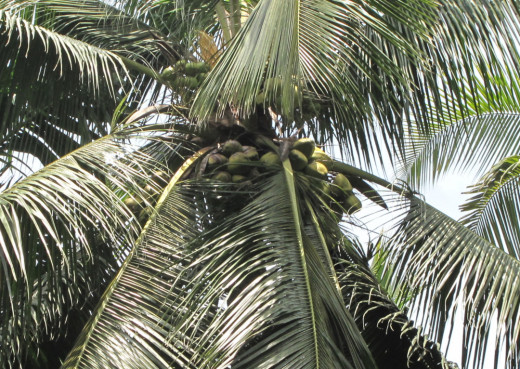
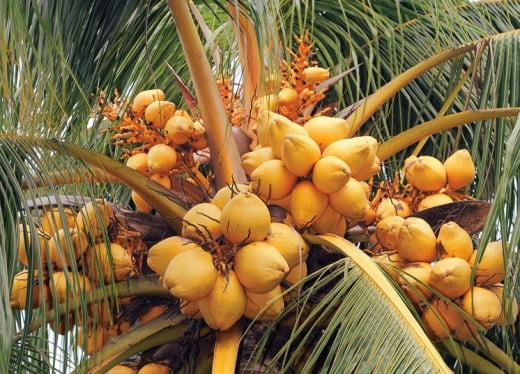
The Coconut Palm
Coconut is a magnanimous palm, probably the most cultivated palm in the world. Cocos nucifera L. is its scientific name. It is considered as the tree which fulfils the wish of the grower. In Sanskrit, it is known as Kalpa Druma meaning the tree of wishes. Coconut fruit is a nut, which is now considered as a health supplement with health and nutrition benefits.
The kernel is used as a fruit when tender, used as a vegetable dish supplement, when mature, it is crushed and coconut oil is extracted from it when dried to form copra. The ripe coconut gratings, when crushed yield coconut milk, it is as good as cows milk and considered next only to mothers milk. Dried coconut kernel is the copra of the commodity market, which contains 60% - 70% oil. The uniqueness of this oil is that it contains monolaurin fatty acid, which is very good for rejuvenating health, especially in old aged people. virgin coconut oil is used in traditional therapy. Most important of all, it gets digested inside the mouth itself within a few seconds and gets absorbed.



Coconut when husked, the outer husk is the raw material for coir making, after retting process, the by-product of which is coco- pith, used in gardening. The leaves of the coconut palm form a crown on the top of the palm trunk. These leaves are called fronds and the stem is known as the trunk. The bottom portion has fibrous roots under the soil, which upon years of growth, start producing roots above ground also. The root mass on the bottom of the trunk is called the bole. Each frond falls off after drying, leaving a scar on the trunk. The coconut palm produces about 10 fronds in a year. After the 36th frond, the palm starts to produce inflorescence. The coconut bearing set of the inflorescence is called a bunch.
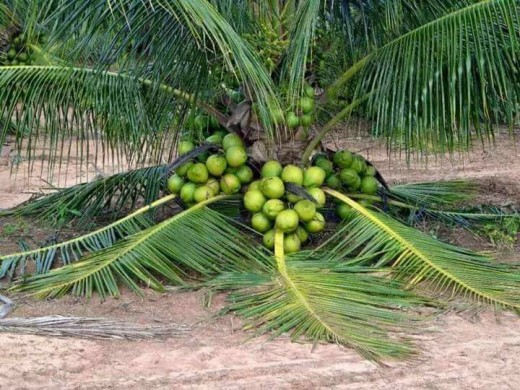
Coconut is grown in many Asian and neighbouring countries. The main coconut growing areas are located in Asia, Oceania, West Indies, Central and South America and West and East Africa. The South-East Asian countries are the hub of coconut production and international market also is connected with that. India is the largest producer of coconut, but it consumes the produce within the country for edible uses, drinking purpose and for oil.
Coconut comes in mainly green colour and also in greenish-brown, yellow, orange and reddish-orange coloured nuts when ripe. These, when dried, will turn grey. Considering the height of the palms, the coconut palm is tall palms and dwarf palm. Tall palms are dominant and dwarfs are recessive and their hybrids may be tall
or medium-sized palms.
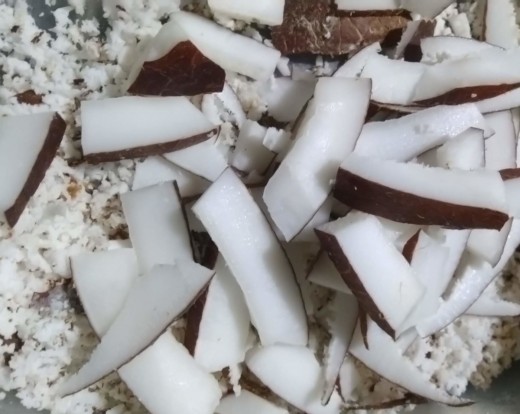
Coconut as a Health Food
Millions of people in the world are engaged in the coconut-based sector and also depend on it for livelihood. As a natural product of the pristine ecosystem, coconut has a great future. Profitable economy will encourage the global community to grow far and wide.
Coconut Industry
Climbing a coconut palm is a skill and an adventure. Though there are various devices for climbing, manual climbing is the quickest and the versatile one. Climbing coconut palm for harvesting, tapping inflorescence sap, which is a very sweet fresh drink, climbing for crown operations of cleaning and pest control are all labour oriented tasks. Husking, cutting, grating, oil milling are all labour requiring enterprise. There are a number of value chain service persons involved in procuring, drying and transportation itself. Therefore, this industry is the basis of the household income of many in the coconut growing region.
Healthy Future for Coconuts
Recently, there have been a large number of coconut-based value-added products in the market. Community-based, self-help groups and women are involved in this venture.
Coconut is also an ecotourism entity in many island countries and tender coconut water is a refreshing natural health drink for the tourists. Coconut palm is an iconic part of ecotourism on the beaches.
Join the coconut community worldwide, as a supporter of healthy supplement for food and nutrition and celebrate the World Coconut Day every 2nd day of September among the other stakeholders.
This content is accurate and true to the best of the author’s knowledge and is not meant to substitute for formal and individualized advice from a qualified professional.
© 2019 Halemane Muralikrishna

